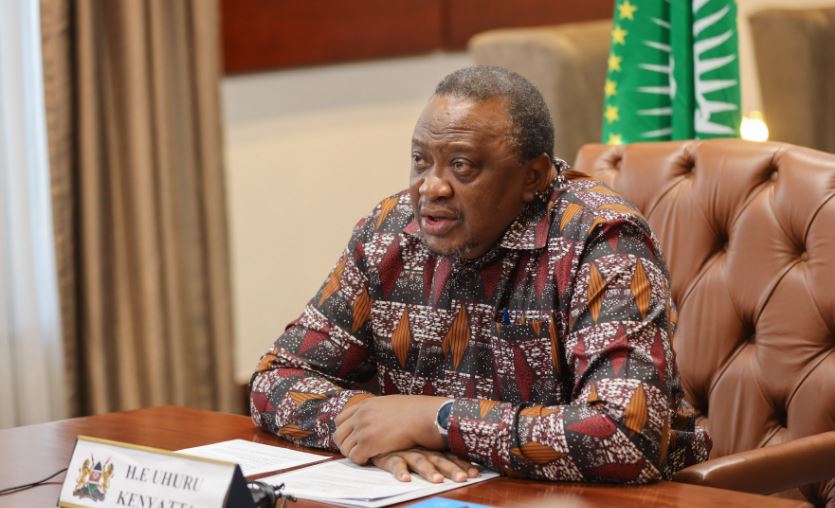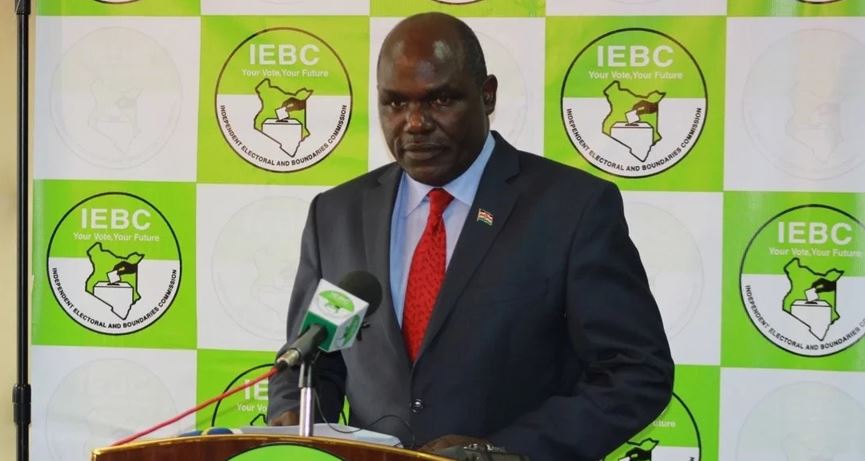New valve implantation procedure offers hope for patients with heart conditions

This minimally invasive procedure is designed to replace a narrowed aortic valve that fails to open properly.
A new non-surgical heart procedure is proving to be a game changer, especially for patients with critical underlying conditions.
Traditionally, such patients were treated through open heart surgery, where the damaged heart valve was replaced with an artificial one.
However, these surgeries, particularly for elderly patients or those with multiple comorbidities, carried significant risks and in some cases resulted in fatal outcomes.
To reduce exposure for patients with underlying heart issues, several hospitals have introduced the transcatheter aortic valve implantation (TAVI) procedure.
This minimally invasive procedure is designed to replace a narrowed aortic valve that fails to open properly.
"The main advantage of this technique is that it is less invasive and is associated with a faster recovery. As such it is a game-changer for patients who are considered at high risk of an open operation based on a review by a professional heart surgeon," said Dr Mohamed Jeilan of The Aga Khan Hospital.
On his part, Dr VijaySinh Patil, an interventional cardiologist at The Nairobi West Hospital, noted that the procedure takes just one hour and is performed while the patient is conscious.
"The procedure is unique for the aortic valve. Patients with a lot of calcium blockage or leakage in the valve can undergo this procedure," stated Patil.
Mr Godfrey Mbithi from Nyeri is among the patients who have undergone the procedure after complaining of breathing problems and fatigue.
"I came to The Nairobi West Hospital and after a series of tests, Dr Patil explained that I had a heart condition. Although a bit tense, I decided to undergo the procedure after receiving assurances that it was a non-invasive procedure which would take less than an hour," he said.
Restricts blood flow
Aortic stenosis is a condition where the aortic valve narrows and restricts blood flow from the heart. Until recently, this condition could only be treated through open-heart surgery to replace the damaged valve.
"The TAVI procedure involves placing a new valve within the diseased aortic valve through a catheter, usually inserted via the femoral artery in the groin. Using advanced imaging, the new valve is precisely positioned and expanded within the damaged valve, restoring proper blood flow," explained Patil.
TAVI was approved for use in the USA in 2013 with many leading world experts describing it as the most important breakthrough in cardiology in the two decades prior.
Recent advancements in the technology have further improved its safety and efficacy, expanding its use to patients with intermediate and even low surgical risks.
"This development comes as heart disease, once more common in developed countries, now spreads rapidly to developing nations like Kenya. For many of these countries, heart attacks strike like a sudden storm, catching governments unprepared as they focus resources on malaria, HIV/AIDS, and child mortality, often neglecting non-communicable diseases," observed Patil.
In 2020, the World Health Organisation raised the alarm, noting that 60 per cent of the global heart disease burden now lies in developing nations. Cardiovascular diseases claim 17.3 million lives each year and account for one in ten deaths in Africa.
"Kenya lacks precise statistics on heart disease among its citizens, but in South Africa, someone suffers a heart attack or chest pain every seven minutes, translating to more than 74,000 incidents each year," Patil.
Top Stories Today
















